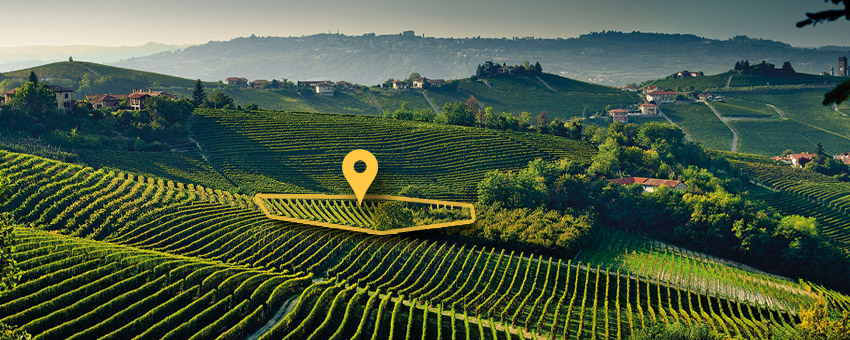

Arneis, the Survivor
You can buy Arneis Here
Synonyms
Bianchetta, Bianchetta d’Alba, Bianchetta di Alba, Bianchetto, Bianchetto Albese, Bianchetto di Alba, Bianchetto di Verzuolo, and Nebbiolo bianco.”
History
“Wine historians disagree on how long Arneis has been growing in the Piedmont region and under what name. Despite sharing several similar synonyms, Arneis has no genetic relationship to the red wine grape Nebbiolo. The two grapes do share a close historical relationship. For centuries the white Arneis grape was used to soften the tannins and harshness of Nebbiolo grape in the wines of the Barolo region. Hence the common synonym of Nebbiolo Bianco, Barolo Bianco or “white Barolo”. In the vineyard, Arneis was often planted with Nebbiolo in a field blend to have the sweet scent of ripe Arneis berries attract birds and keep them away from the more valuable Nebbiolo clusters.
In the 20th century, Barolo producers began focusing on 100% varietal Nebbiolo. The variety was on the verge of extinction. By the 1970s, only two producers made any Arneis, Bruno Giacosa and Vietti. The 1980s saw a renaissance in interest in white Piedmont wines, and plantings began to increase. By 2000, there were 745 hectares. By 2006 the number of plantings of Arneis declined to around 610 hectares, nearly all found in the Roero and Langhe region of Piedmont.
Arneis Wine Regions
Arneis is found primarily in the Italian wine region of Piedmont, where it is featured in the white DOC/G wines of Roero and Langhe. It is permitted as a blending grape in the red Nebbiolo-based wines of Roero, but its use in this capacity is rarely seen today. Outside of Piedmont, limited grape plantings can be found in Liguria and on the Italian island of Sardinia.
In the United States, Arneis is primarily found in the California wine region of Sonoma County and the Oregon wine region of the Willamette Valley. Other American Areas include the Mendocino, Russian River Valley, Paicines and Santa Ynez Valley AVAs. It also grows in Willcox, Arizona. In the 21st century, plantings of Arneis have begun appearing in the Australian wine regions of Tasmania, Victoria and New South Wales, as well as the New Zealand wine region of Gisborne in the North Island.
Viticulture and Winemaking
The Arneis vine can be difficult to cultivate, with naturally low acidity and a tendency to get overripe if harvested after September. The vine’s propensity for low crop yields and wine oxidising quickly contributed to its steady decline in the early to the mid-20th century. A better understanding of the variety in the later half of the century helped revive the variety as winemakers found that the chalky, sandy soils around Roero gave the grapes more acidity and structure. Besides, Arneis grapes planted in sandy clay soil developed an elegant and exotic perfume.
Arneis’s historical role has been as a softening for Nebbiolo, though today, the grape is used as a varietal wine. Wines fermented and/or aged in oak will be more full-bodied, while unoaked Arneis can have more aromatics and perfume. Arneis has the potential to produce highly perfumed wines with aromas of almonds, apricots, peaches, pears and hops. Some producers make a late harvest passito Arneis.”
Source Wikipedia (here).
